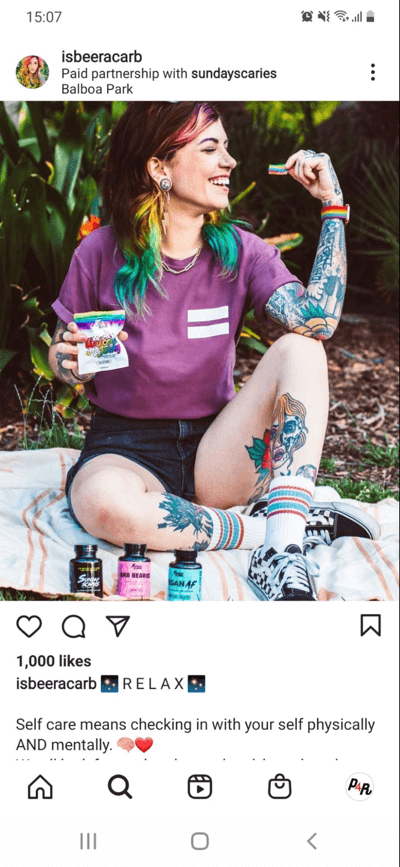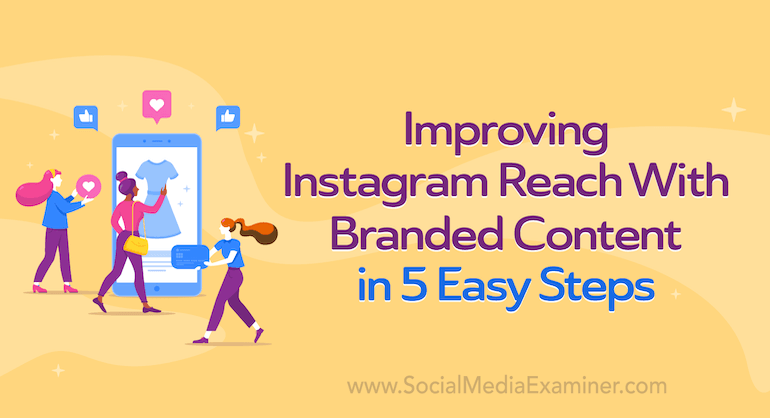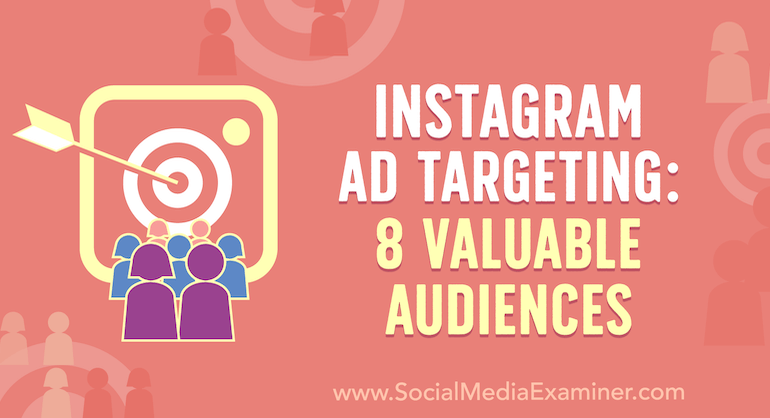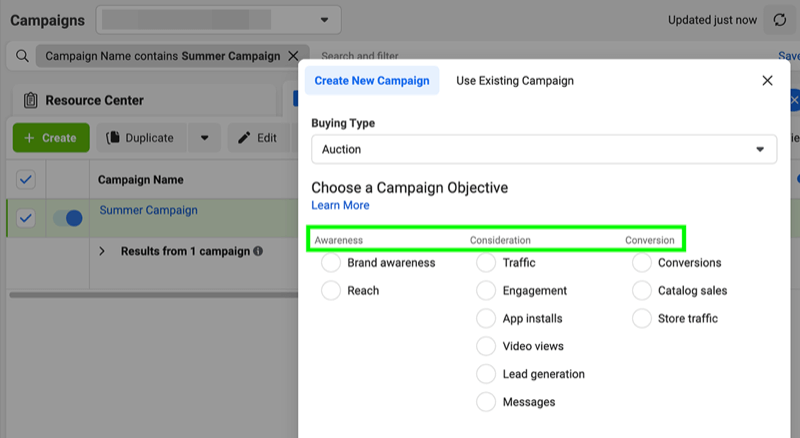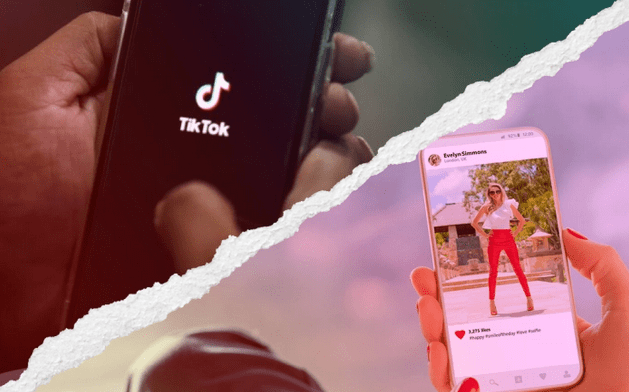By Johnny Lee
When you launch an eCommerce, the first sale is as symbolic as it is necessary
When you launch an eCommerce, the first sale is as symbolic as it is necessary. It is not so much because of the income or because it is extremely complicated, but because of the optimism and tranquillity, it represents for the team. It can mean the biggest turning point in the life of the company. Obtaining that first customer will be a long and complicated battle, so in this article, we explain how to grow an eCommerce while spending the least. Keep reading!
How to grow an eCommerce with minimal expense
Without a doubt, the first sales are the most complicated and the most exasperating. Consumers won’t come to your platform by magic. Therefore, if you want to know how to grow your eCommerce investing little money, you must aggressively market your business and take advantage of the weaknesses of your competition to attract customers and traffic.
Take note of the following techniques that will help you achieve this. Keep reading!
1 # Presence in social networks
The first point on the list of how to grow an eCommerce could not be other than social networks. To start making yourself known, you must open an account. It is not about being in all of them, but about selecting the ones that will be useful to connect with your target audience, but how do you know which is the ideal one?
TWITTER
The simplicity of Twitter makes it one of the most effective ways to engage with your audience. A good way to find potential clients is to proactively find people who post questions about your field and reach out to them so they keep you in mind. The idea is not to present or mention your products but to help them answer their questions. If you do it right, users will investigate your existence and discover your business.
LINKEDIN
Second, Linkedin is the Internet office. On this platform you can find professionals and executives of all kinds, showing off their skills and connecting with others. Once you have configured your e-commerce profile, you can start doing the same.
You may not sell anything directly through Linkedin, but you will discover many opportunities with other companies, providers and related websites. There are dozens of public and private groups created for specific niches, allowing you to post questions and talk to other members.
INSTAGRAM, TIKTOK AND PINTEREST
On the other hand, social networks like Instagram, TikTok or Pinterest allow you to take a different approach if the audience is young. They are ideal platforms for original and creative content. Take photos of your products as well as videos and tell an engaging story.
FACEBOOK
And finally Facebook. This is still a very powerful social network. Take advantage of your professional profile and create a business page to interact with friends, family and acquaintances and make people talk about your brand. Get creative with status updates and engage in public groups and fan pages relevant to your niche. In addition, you can do paid campaigns.
2 # Create a blog
If you are not yet building a blog associated with your e-commerce or product, you are losing the unlimited potential of content marketing. Producing free and valuable content builds brand trust. It also offers you content to share on social networks and helps you rank in search engines.
To start, think about all those initial inquiries that the audience has about your products and your sector. Use the blog to answer those questions with individual articles. Plus, you can use it to provide lifestyle tips, tutorials, and resources around your products. If you can create regular content, you will soon start to see results thanks to social networks and search engines.
3 # Send your product to influencers
Third, the list of how to grow your eCommerce could not be without influencers. In recent years, influencers have become key pieces for marketing strategies. The Internet is full of bloggers, journalists, entrepreneurs and vloggers of all types specialized in all fields. You need to find the right ones. Many of them have a large following and a loyal following on their web pages.
Therefore, you can send a free sample of your product to those who best fit your brand. Hopefully, you will get a mention on one of their platforms, and you will also let them know that as a company you appreciate their work with a small gift.
In this sense, you can also conduct interviews with them. It is a good way to create original and different content. Interviews work because they are win-win situations. The interviewee gets more visibility and the interviewer has good content to post on the blog, for example. Take the opportunity to ask questions about their lives and careers, but also about the industry in general.
On the other hand, to collaborate with them, you can also run contests or raffles. We all love free stuff and if you’re looking to build trust, running a contest or giveaway could help you get there. This can be done with the collaboration of influencers or on your social networks.
4 # Public relations and communication strategy
If you want to know how to grow your eCommerce, make a public relations strategy. They have the same effect as when a video goes viral and can propel your brand to success. A sure fire public relations trick is to do something unusual, outrageous, funny, or important enough to merit media attention.
If it goes well, your eCommerce will benefit from many high-profile news source links, which is great for both short-term traffic and long-term SEO.
In terms of communication, many electronic businesses publish press releases to attract the attention of the media, although most of them fail. It is a less useful strategy than it used to be but still sire. The secret is to make sure your story is newsworthy, concise, and professional, without being too monotonous.
5 # Create a Mailing list
Email is one of the best channels for attracting leads, and it can even be free. You can create a mailing list of previous and potential customers and send them information, products and content. Include an email subscription form on your website. This is an effective way to convince visitors to sign up for your database.
Instead of just saying “sign up for our newsletter,” offer an incentive or some kind of added value for subscribing.
Another use that you can give is conducting surveys to your consumers, so you receive comments to improve. Customers often have no qualms about saying what their experience with the store has been like and whether something was done wrong.
6 # Experiment with Google Ads
To know how to grow an eCommerce you have to know what Google Ads is. In case you don’t know yet, Google Ads is Google’s pay-per-click advertising platform. It enables online merchants to place ads on almost all Google results pages, YouTube videos, and partner websites.
The biggest advantage of Google Ads is its speed and massive reach. In a few minutes, you can set up and launch an advertising campaign that makes your text, image or video ads appear. You can also set the option for them to be activated and displayed next to Google results when users search for predefined or similar keywords.
7 # Pay attention to web analytics
The behaviour of each user when he visits a web page from when he enters to when he leaves helps you understand why you are or are not selling. Your page statistics will show you what your customers are doing on your website, including the websites they enter, the time they spend on each one, and the route they choose to exit.
Some tools also display additional information. For example, how often a customer visits your website. In this sense, Google Analytics is a totally free tool that helps you measure traffic in many ways.
8 # Sponsor an event
To get good results sponsoring an event you have to give it the right approach. First, you will have to make sure that you select the right event and that the target audience is the same as yours. Will your potential clients be among the attendees? Would your product interest them? How many attendees will it have?
Once the data in hand, classify them according to the type of audience and sponsorship price. Once you attend, avoid typical marketing strategies like handing out flyers. You will have to be creative to establish and build relationships.
Show off some of your most interesting products to tell their story, get people talking about it, and offer immediate promotions like free coupons in exchange for email list subscriptions or social media follow-ups.
9 # Make use of affiliate marketing
Affiliate marketing is those actions by which you allow other people to market your products and send traffic to your website. In return, for each sale, you pay a percentage. You can track it by giving it a custom link or a unique coupon code.
The great thing about this sales strategy is that you only pay if sales are made, which makes affiliates do their best.
10 # Outperform the Competition on Price Comparison Platforms
Most consumers like to shop around before making a purchase, this includes browsing Google and sites like Amazon for the best options. The most popular platforms are Google Shopping, Yahoo Shopping, Kelkoo, idealo, etc.
To achieve notoriety, you have to follow the rules of each platform, stay competitive on pricing, and wait while you experiment to find out which platform is the best fit for you and offers the best ROI.
What did you think of this article on how to grow eCommerce? Leave your comments and share!
And if you want to set up your own e-commerce and you don’t know how to launch your project, take the Master in e-Commerce & Digital Marketing. You will learn everything related to managing electronic commerce with a comprehensive vision with the best business models and strategies. We will wait for you!
Author Selena is a blogger and a guest contributor for a well-known brand that includes MESHEBLE, Saveucoupon & INTHEMARKET. In her leisure time, she plays tennis.
